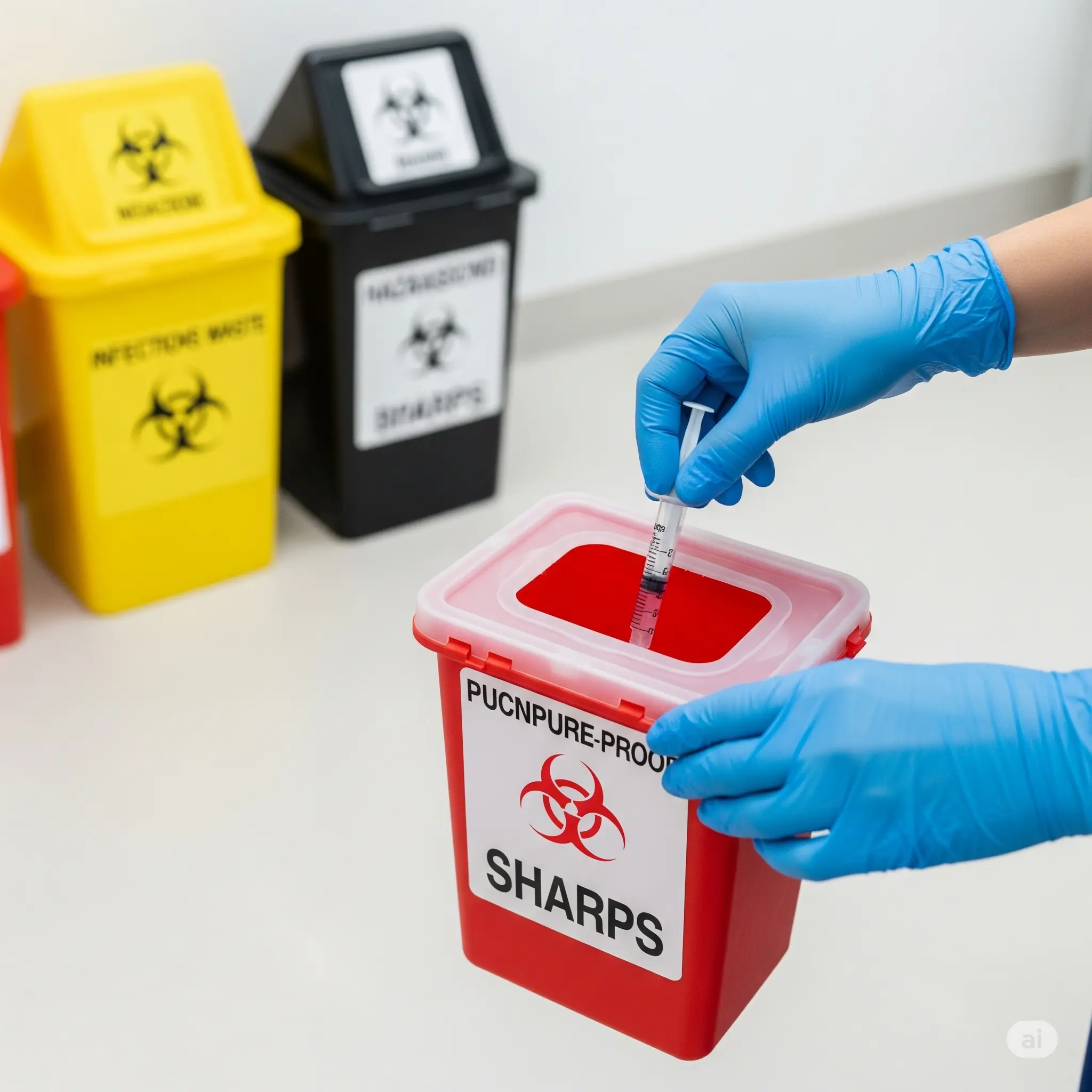Healthcare facilities, from large hospitals to small clinics, generate a wide range of waste streams, many of which are hazardous. Proper handling and disposal of this waste are not just best practices; they are legal and ethical imperatives. This medical waste disposal guide provides essential information for ensuring your facility operates safely and in full compliance with regulations.
Improper management of medical waste can pose serious health risks to staff, patients, and the community, leading to the spread of infectious diseases and causing environmental contamination. Therefore, understanding the different categories of medical waste and their correct disposal pathways is crucial.
Understanding Medical Waste Categories
A key part of any medical waste disposal guide is knowing how to classify waste. Medical waste is broadly categorized based on the risk it poses.
- Sharps Waste: This includes any item that can pierce the skin, such as needles, scalpels, and broken glass. You must always place sharps in designated puncture-proof containers.
- Biohazardous Waste: This category includes items contaminated with blood or other potentially infectious materials, such as used bandages, gloves, and laboratory cultures. This waste requires special handling and is typically placed in red biohazard bags.
- Pharmaceutical Waste: This includes expired or unused medications. Disposing of these down the drain or in regular trash can contaminate water supplies. Consequently, they require specialized disposal methods.
- General Medical Waste: This is non-hazardous waste, similar to household trash, such as office paper and packaging. While not dangerous, separating it from hazardous streams is important for cost-effective management.
Best Practices for Medical Waste Disposal
Implementing a safe disposal system is paramount. First, you must train all staff on proper waste segregation procedures. Use color-coded and clearly labeled bins to prevent errors.
Next, ensure all hazardous waste containers are properly sealed and stored in a secure area away from public access pending collection. Partnering with a licensed medical waste disposal company is the only way to ensure full compliance. These providers have the expertise and equipment to transport and treat hazardous materials according to strict government standards. For more information on hazardous materials, you can consult our specialized waste guide.
Finally, maintaining meticulous records of waste disposal is a legal requirement and a key part of a compliant program. By following this medical waste disposal guide, your facility can protect public health and uphold its commitment to environmental responsibility.




